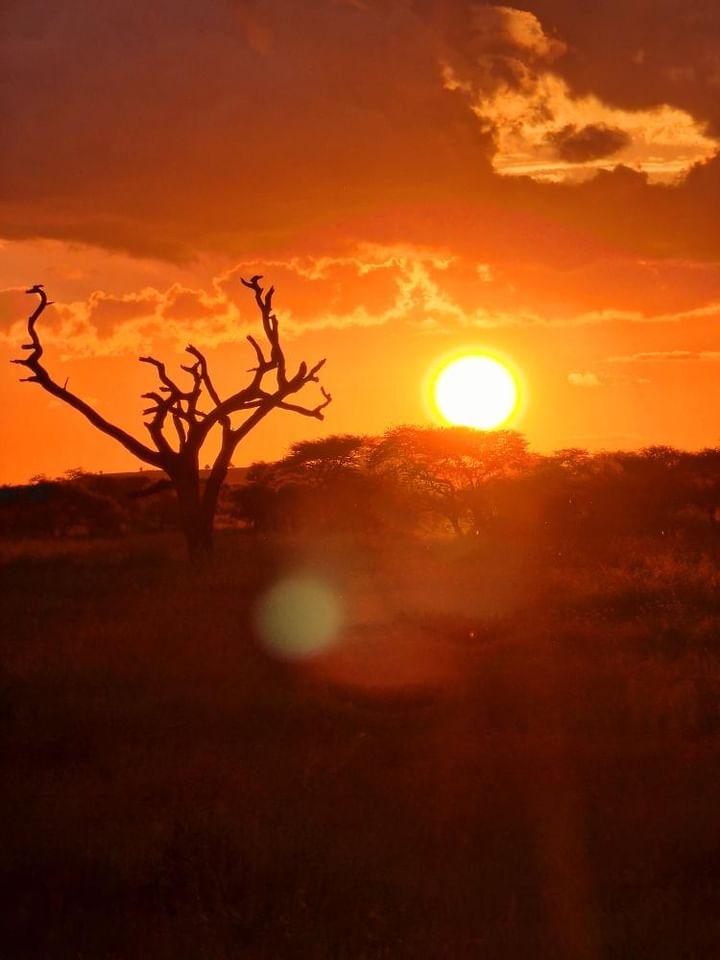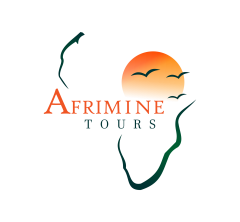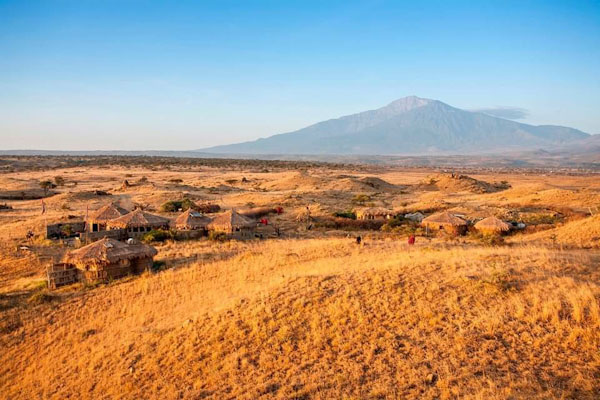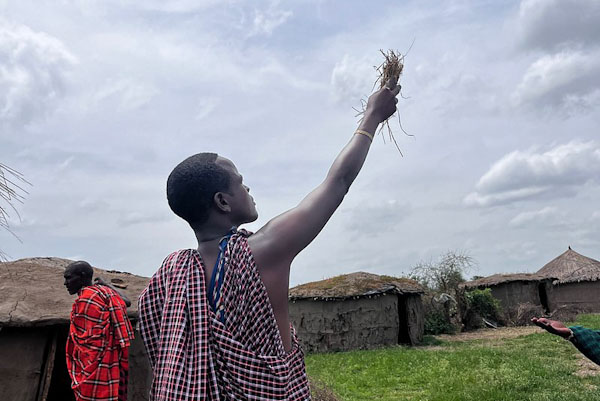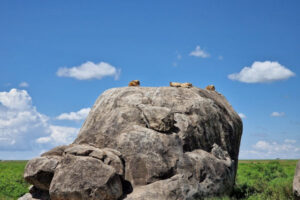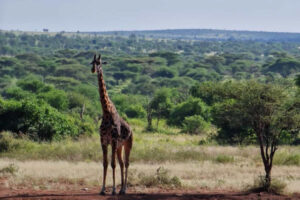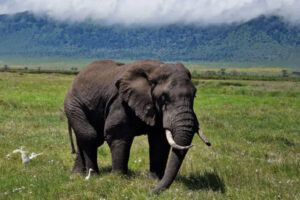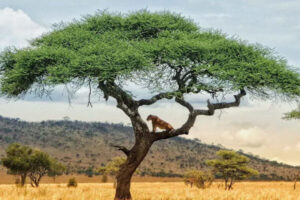The Serengeti's history
‘Wilderness gave us knowledge. Wilderness made us human. We came from here. Perhaps that is why so many of us feel a strong bond to this land called Serengeti; it is the land of our youth’
~ Boyd Norton
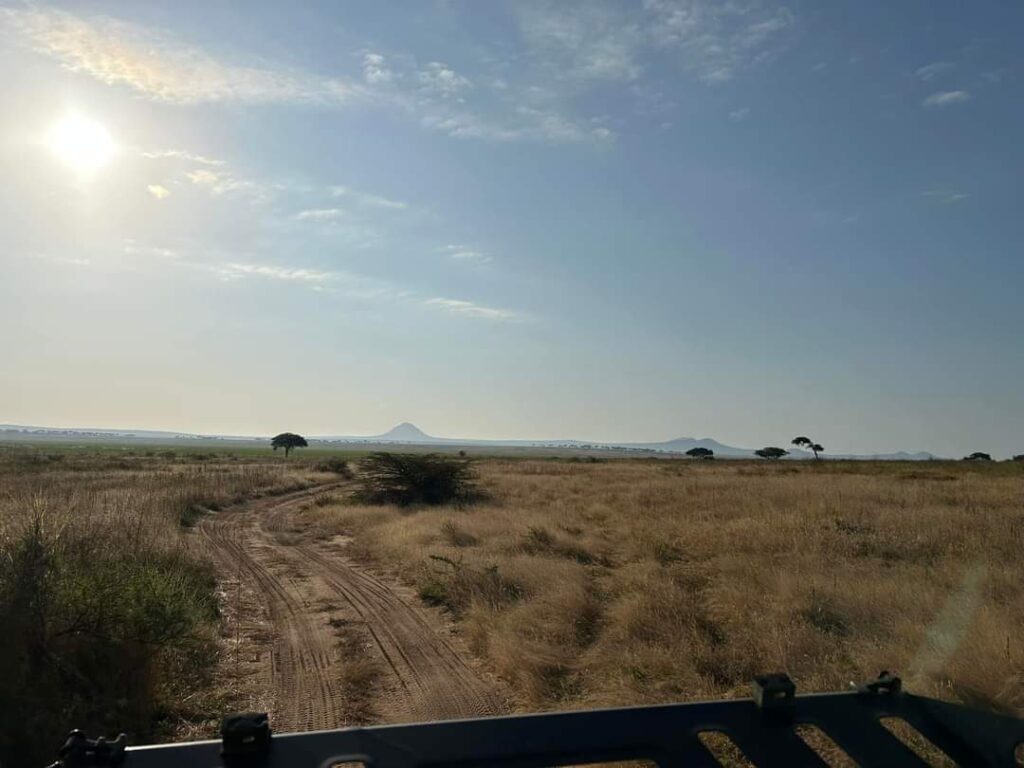
The Maasai and the Wild
The Serengeti is more than just a wildlife haven – it’s a land steeped in ancient history, rich cultures, and stunning geological drama. While it’s important to look back on history with perspective, certain chapters of the Serengeti’s past remain uneasy reminders of colonial legacy and interference.
In 1930, the Serengeti was first established as a game reserve – a space where hunting was permitted until 1937. Conservation status followed in 1940, it had earned Protected Area Status, and in 1951, the Serengeti National Park was officially. The protected area encompassed the southern Serengeti and the Ngorongoro Highlands, laying the groundwork for what is now one of the most iconic and biodiverse national parks in the world.
Today, the Serengeti teems with life: from the Big Five and apex predators to more than 500 species of birds and even 100 varieties of dung beetles. But before the land belonged to its original: the Maasai people, who grazed their cattle freely across what they called the ‘endless plains’ – siringet, in the Maasai language.
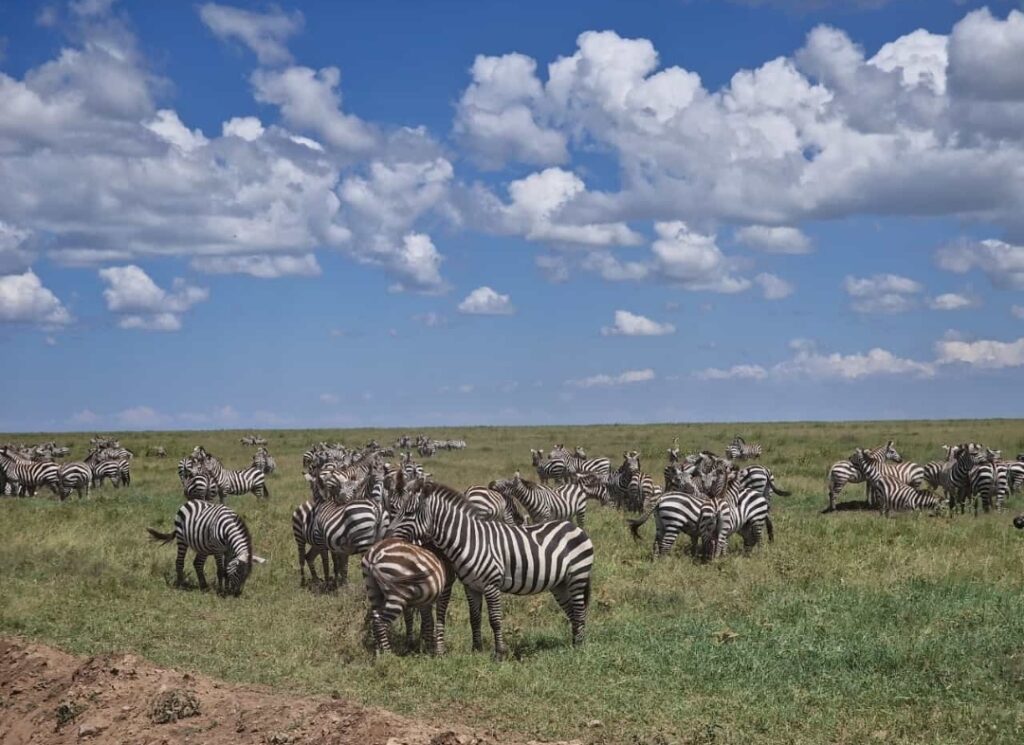
Our Roots
This land doesn’t just belong to recent generations; it’s where our shared human story began. Fossil records show that early hominins like Australopithecus afarensis lived here nearly four million years ago. It’s no wonder that scientists regard Africa as the cradle of humanity – older than Europe or North America by up to four billion years.
As your plane descends into Kilimanjaro International Airport, look out the window. What you see is time itself – millions of years of erosion, weathering, and shifting landforms that have sculpted this timeless terrain of rolling plains, with a few bold peaks rising in defiance.
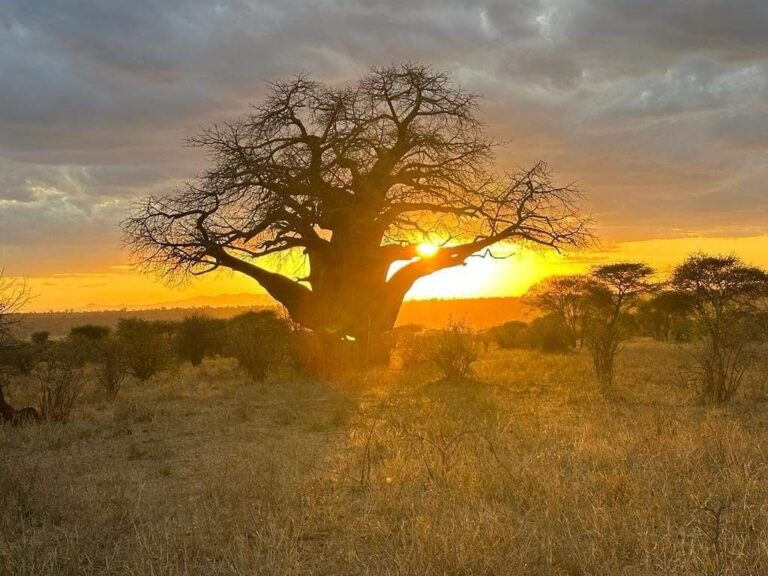
The Great Plains, Kopjes, and the Rift Valley
Tanzania’s landscape tells a geological story. While most of the land has been shaped flat by time, the East African Rift System breaks this rule. Here, tectonic plates are slowly pulling apart, creating dramatic valleys, cliffs, and volcanoes. This activity has birthed natural marvels like Mount Kilimanjaro, Mount Kenya, and Mount Meru.
Among these features lies the iconic Ngorongoro Crater – a vast caldera formed not by explosion, but by a gentle collapse. Though technically outside Serengeti National Park, Ngorongoro flanks its eastern border and is an unforgettable addition to any safari itinerary. It’s also home to Maasai communities, giving travelers a unique opportunity to engage with one of East Africa’s most vibrant and enduring cultures.
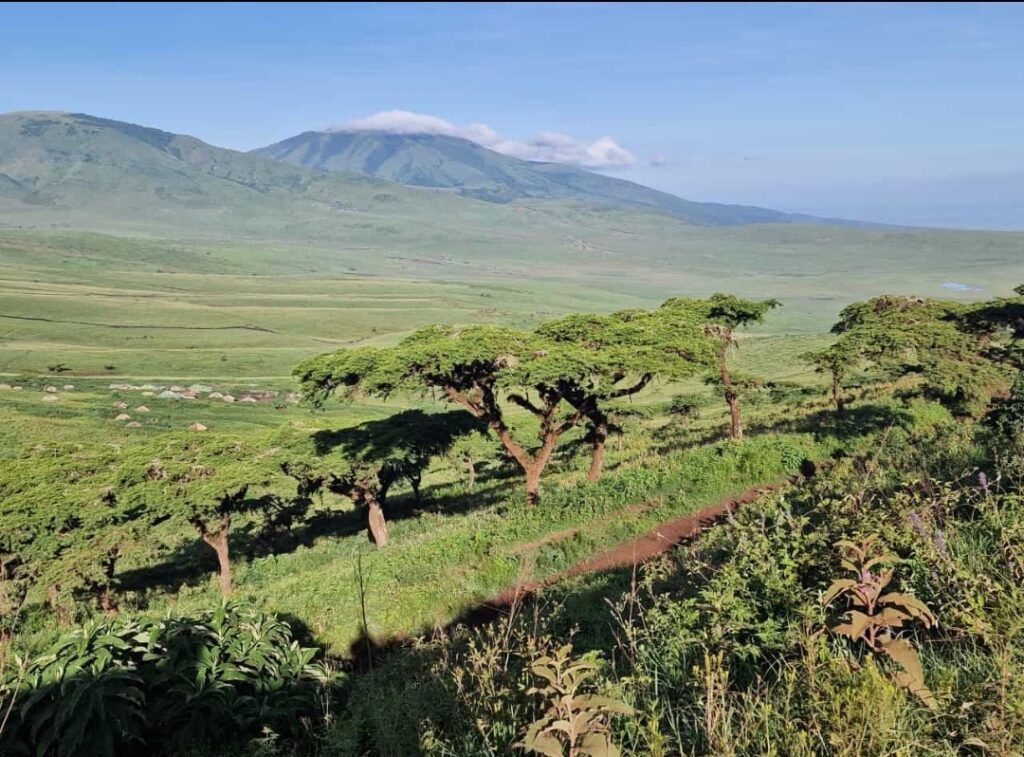
Following the Footsteps of the Great Migration
The Serengeti isn’t just known for its animals – it’s nature’s stage for the Great Migration, one of the most awe-inspiring wildlife events on Earth. The migration covers a vast circuit that begins in the Serengeti and reaches into Kenya’s Masai Mara National Reserve, established in 1961. By 1965, the corridor was expanded to include the Lamai Wedge, providing a year-round migratory route.
This journey, dictated by rain patterns and seasonal vegetation, begins in December, when wildebeest head to the southern Serengeti. February marks calving season, with over 500.000 newborns arriving in just three weeks. Come April, the herds begin their northern trek, passing through central Serengeti and the western corridors.
By June, some cross the Grumeti River, while others traverse the Seronera and Loliondo areas. In July and August, the famed river crossings begin into the Masai Mara. By late October, the herds return south, and the cycle starts anew.
A Global Treasure
In 1981, the Serengeti earned UNESCO World Heritage Site status, becoming one of the first sites globally to receive this recognition. The honor brought increased visibility – and more importantly, greater protection – to this irreplaceable ecosystem.
Why Choose Afrimine Tours?
At Afrimine Tours, our mission is simple: to create unforgettable journeys while safeguarding Africa’s last great wildernesses. Whether you’re dreaming of witnessing the Great Migration, meeting the Maasai, or gazing over ancient calderas, we’re here to turn your adventure into reality.
Our small, passionate team of safari specialists crafts tailor-made itineraries that reflect both your interests and our deep respect for the land and its people.
Want to learn more? Reach out to us for expert insights, travel tips, and sample itineraries – or skip the planning phase and start your dream safari today.
Let’s make your safari more than just a trip - let’s make it a story worth telling.
'There is a peace and timelessness in the Serengeti that is unlike anything I have ever experienced. It is a place where you can feel the pulse of the Earth, the rhythm of life that has been playing out for millions of years'
~ Bernhard Grzimek.
